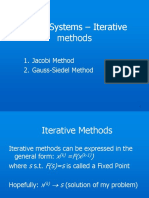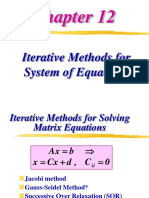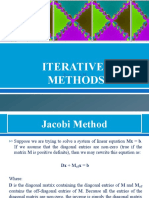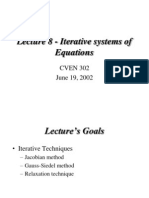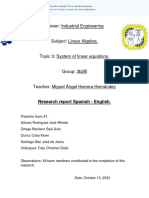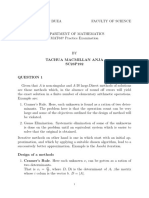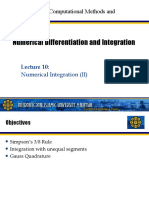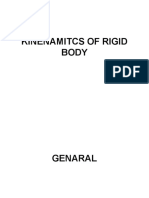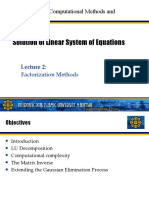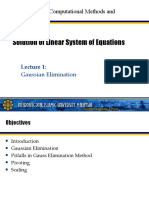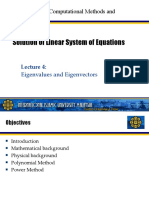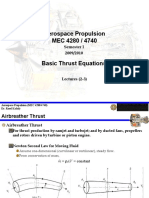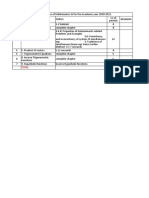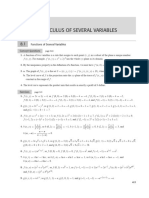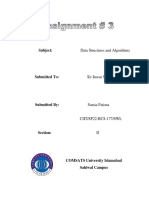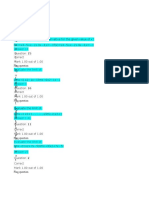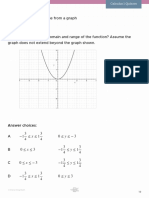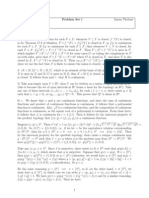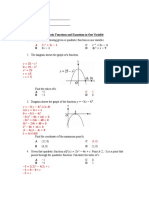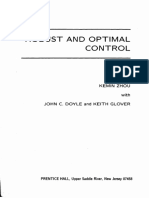0% found this document useful (0 votes)
168 views21 pagesIterative Methods for MTH2212
This document discusses iterative methods for solving systems of linear equations, specifically the Jacobi and Gauss-Seidel methods. It provides examples of using Gauss-Seidel to solve a system of 3 equations in 3 unknowns. The objectives are to introduce iterative methods and describe the Jacobi and Gauss-Seidel algorithms. Gauss-Seidel is described as the most commonly used iterative method and its procedure is outlined in steps. Convergence criteria for Gauss-Seidel and techniques for relaxation are also summarized.
Uploaded by
Na2ryCopyright
© Attribution Non-Commercial (BY-NC)
We take content rights seriously. If you suspect this is your content, claim it here.
Available Formats
Download as PPT, PDF, TXT or read online on Scribd
0% found this document useful (0 votes)
168 views21 pagesIterative Methods for MTH2212
This document discusses iterative methods for solving systems of linear equations, specifically the Jacobi and Gauss-Seidel methods. It provides examples of using Gauss-Seidel to solve a system of 3 equations in 3 unknowns. The objectives are to introduce iterative methods and describe the Jacobi and Gauss-Seidel algorithms. Gauss-Seidel is described as the most commonly used iterative method and its procedure is outlined in steps. Convergence criteria for Gauss-Seidel and techniques for relaxation are also summarized.
Uploaded by
Na2ryCopyright
© Attribution Non-Commercial (BY-NC)
We take content rights seriously. If you suspect this is your content, claim it here.
Available Formats
Download as PPT, PDF, TXT or read online on Scribd
/ 21
